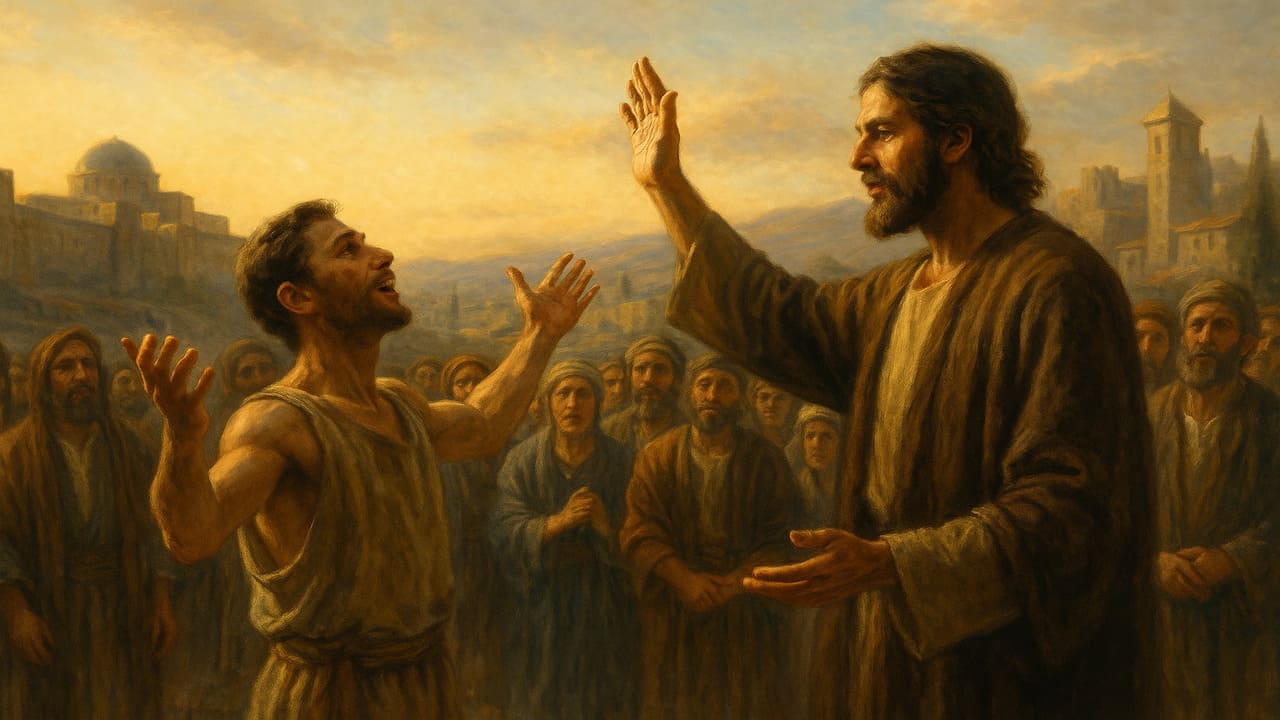
Thorn Ville Church – The Acts of the Apostles in the New Testament are filled with compelling accounts of healing miracles that transcended human limitations and stirred faith across cities and nations. These supernatural events not only affirmed the divine authority of the apostles but also became the foundation for the growth of early Christianity. The power of healing was more than a display of divine favor it was a catalyst for a movement that would change the world.
Before His ascension, Jesus granted His apostles the authority to heal the sick, raise the dead, and cast out demons (Matthew 10:8). This transfer of power was not symbolic it manifested through tangible acts of healing that began immediately after Pentecost. The apostles, filled with the Holy Spirit, became vessels of miraculous intervention, drawing attention not to themselves, but to the risen Christ they served.
Read More : Ancient Sea Monster Linked to Prophet Noah Discovered? Experts Are Baffled!
One of the most iconic healing stories is recorded in Acts 3. Peter and John, upon entering the temple, encountered a man who had been lame from birth. When the man asked for alms, Peter replied, “Silver and gold I do not have, but what I do have I give you: In the name of Jesus Christ of Nazareth, rise up and walk.”
Instantly, the man was healed and began walking, leaping, and praising God. This miracle not only amazed the crowds but also led to Peter delivering a powerful sermon that resulted in thousands converting to the faith. The act of healing was not merely about physical restoration it opened the door for spiritual awakening.
In Acts 5:15-16, we find another striking example of healing associated with Peter. The passage describes how people brought the sick into the streets, hoping that even Peter’s shadow might fall on them as he passed by. The sick and demon-possessed were healed in great numbers, and Jerusalem was filled with awe.
This narrative highlights not only the intensity of public faith but also the expanding reputation of the apostles. Healing had become a public testimony, not confined to private moments but broadcasted across cities. It gave the apostles both influence and danger, as religious authorities grew increasingly hostile to their power.
The Apostle Paul also performed profound acts of healing, even in hostile or foreign environments. In Acts 14:8-10, Paul healed a man who had been lame from birth in the city of Lystra. The crowd was so amazed that they believed Paul and Barnabas were gods in human form.
Later, in Acts 28, after surviving a shipwreck, Paul landed on the island of Malta. There, he healed the father of Publius, the island’s chief official, as well as many others who were sick. These acts of mercy established credibility and trust even among non-believers, allowing the Gospel message to take root in diverse cultures.
Also Read : Paul and the Viper: A Miracle on the Shores of Malta
For the apostles, healing was never meant as a spectacle it was a sign of the Kingdom of God breaking into the world. Their acts of healing were always accompanied by teaching, preaching, and invitations to faith in Jesus Christ. The miraculous served the missional. They were not entertainers; they were messengers of redemption, and healing was one of their clearest forms of communication.
The acts of healing performed by the apostles had a profound impact on the development of early Christianity. Miraculous recoveries created momentum, attracting crowds and softening hearts to receive the Gospel. Healings often turned skeptics into believers and brought entire households into the faith.
These events also demonstrated that God’s presence was no longer confined to temples or rituals. Through the apostles, the divine entered marketplaces, streets, and homes. This accessibility of the miraculous helped distinguish Christianity from other religions of the time, giving it a living and dynamic character.
The legacy of apostolic healing still resonates in today’s Christian communities. While the apostolic era was unique, many believers continue to witness healing as part of their spiritual lives. Churches, missionaries, and prayer ministries worldwide testify to physical and emotional healings that echo the acts of the early apostles.
More importantly, the stories of Peter, John, and Paul remind us that healing goes beyond the physical it’s about restoration of dignity, renewal of hope, and reconnection with God. Whether in the first century or today, acts of healing remain a powerful testament to divine love in action.
Thornville Church - Your Source for Biblical Inspiration - Sacred art in churches became a visual language that shaped early…
Thornville Church - Your Source for Biblical Inspiration - Across changing empires and cultures, historic churches preserved Christian teachings with…
Thornville Church - Your Source for Biblical Inspiration - The miracle of spiritual deliverance appeared in Philippi when Paul freed…
Thornville Church - Your Source for Biblical Inspiration - Historians now highlight how women in early church shaped theology, leadership,…
Thornville Church - Your Source for Biblical Inspiration highlights how church orientation toward east shapes Christian worship, architectural symbolism, and…
Thornville Church - Your Source for Biblical Inspiration reports that recent necropolis discoveries at Colossae are reshaping how scholars read…